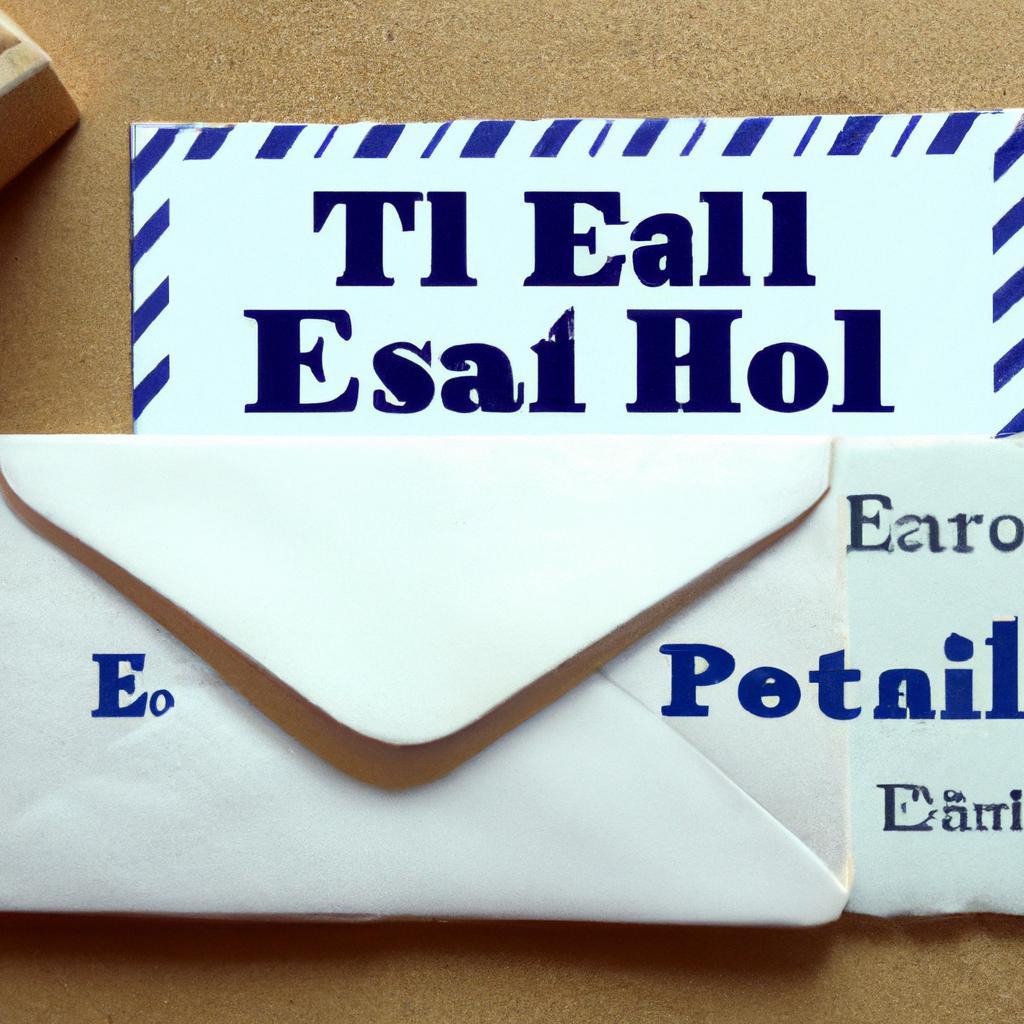In an era where instantaneous communication is the norm and our digital landscapes are constantly evolving, one might wonder: is email becoming a relic of the past? Once hailed as a revolutionary tool that bridged distances and streamlined workflows, email now faces increasing scrutiny as newer, more dynamic methods of communication emerge. From instant messaging apps that facilitate real-time conversations to collaborative platforms that integrate various functions, the options available today are vast and sophisticated. As we delve into this topic, we aim to explore the relevancy of email in modern communication, examining both its strengths and weaknesses while considering whether it can stand up to the flexibility and immediacy of newer alternatives. Join us on this journey as we navigate the crossroads of communication technology and assess what the future may hold for our digital correspondence.
Reimagining Digital Communication for the Modern Age
In a world increasingly characterized by instant connectivity and rapid communication, traditional methods like email are being called into question. While it has served as a foundation for professional correspondence for decades, it now faces stiff competition from a range of modern alternatives that offer streamlined efficiency and enhanced interaction. Consider the benefits of these innovative tools:
- Instant Messaging Platforms: Applications such as Slack or Microsoft Teams facilitate real-time conversations that bypass the formality of email.
- Video Conferencing: Tools like Zoom and Google Meet have transformed virtual meetings, allowing face-to-face interaction that emails simply cannot match.
- Collaborative Document Editing: Platforms like Google Docs enable multiple users to work on documents simultaneously, enhancing teamwork and reducing miscommunication.
- Social Media Integration: Professional networks like LinkedIn are evolving into spaces for direct communication, networking, and even recruitment.
As technology advances, the way we communicate must also adapt to meet the needs of a fast-paced world, leading us to question if traditional email remains the best option or simply a vestige of bygone communication practices.

Unlocking the Potential of Alternative Platforms in Professional Interaction
As we navigate the evolving landscape of professional communication, it becomes increasingly evident that traditional channels like email might not cater to the fast-paced dynamics of modern interactions. Alternative platforms offer a myriad of features that enhance collaboration and engagement, making them superior alternatives. Consider the benefits of these emerging tools:
- Real-Time Communication: Platforms such as Slack and Microsoft Teams enable instantaneous conversation flow, reducing response times significantly.
- Integrated Tools: Many of these alternatives come with built-in file sharing, task management, and scheduling features that streamline communication processes.
- Enhanced Collaboration: Video conferencing tools like Zoom and Google Meet facilitate face-to-face interactions, fostering a more personal connection even in a remote setting.
- Engagement Analytics: Some platforms provide insights into user engagement, allowing teams to refine their communication strategies based on actionable data.
To illustrate the transformation in professional communication, we can look at a comparative overview:
| Feature | Alternative Platforms | |
|---|---|---|
| Response Time | Hours or Days | Instant |
| Collaboration Tools | Limited | Integrated |
| Engagement Metrics | None | Available |
| User Experience | Static | Dynamically Interactive |
By embracing these innovative platforms, professionals can unlock a new level of efficiency and connection, truly reflecting the demands of the contemporary workplace.
The Conclusion
As we navigate the ever-evolving landscape of communication, it’s clear that the tools we use must adapt to our changing needs and preferences. While email has served as a steadfast bridge across distances for decades, the emergence of dynamic platforms and real-time interactions beckons us to reconsider its role in our lives.
In reflecting on whether email is indeed a relic of the past, we come to appreciate its historical significance while simultaneously recognizing that innovation is the heartbeat of effective communication. From instant messaging to immersive video chats, the future offers a kaleidoscope of options designed to foster connection in ways that emails alone may no longer satisfy.
Ultimately, the conversation surrounding email is not merely about obsolescence; it’s about choice. As we embrace new methods, the challenge lies in understanding when to wield each tool most effectively. Perhaps email will find its niche in the age of the instant, evolving alongside modern communication methods rather than fading into the background.
In this ongoing dialogue about how we connect, let us keep an open mind and an adaptable spirit, ensuring that our communication remains as rich and layered as the world around us.


